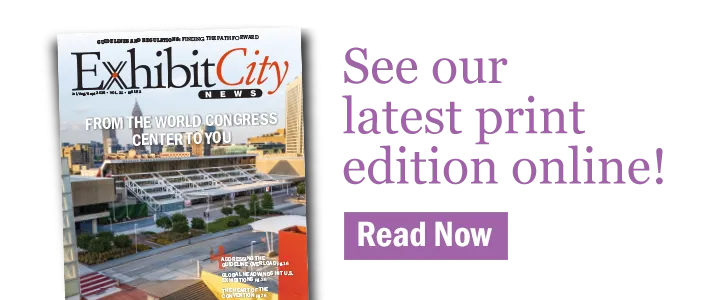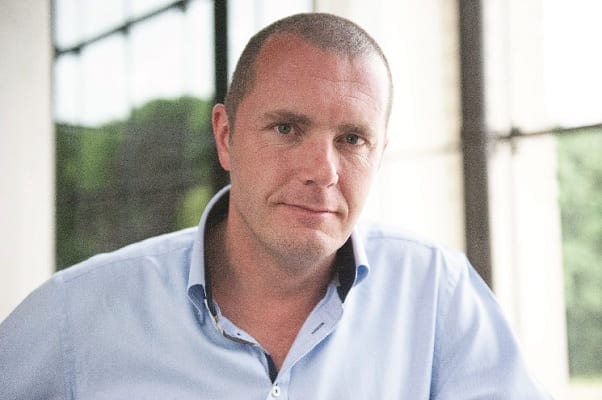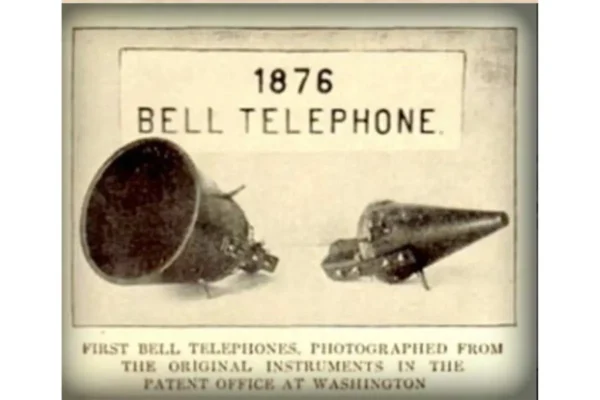By Sven Bossu
Event planners have made it through two years of uncertainty, and many event organizers chose to invest in digitization strategies to make virtual events not only possible, but just as enriching as attending a conference in-person.
COP26 represented a significant turning point in the exhibition industry’s response to the global pandemic. As a hybrid in-person and virtual event that ran for two weeks from the Scottish Event Campus in Glasgow, COP26’s positive impact rippled to all corners of the globe.
Its leading cause—to further worldwide efforts to reduce CO2 and build an environmentally sustainable future—captured the imagination of millions. Despite public health concerns, COP26 was deemed too vital to be sidelined. Organizers moved heaven and earth to enable the conference to go ahead without a hitch.
For convention planners, COP26 sets a fantastic example of what conventions can look and function like in a post-pandemic world.
In a recent AIPC interview with Kathleen Warden, director of conference sales at the Scottish Event Campus in Glasgow, Warden discussed the lessons events planners can learn from COP26.
Build strong relationships with stakeholders and event organizers
Rescheduling conferences poses logistical challenges for event organizers. But for COP26, effective communication between key stakeholders, clients and teams ensured that everyone could come together to move ahead with the event that was originally scheduled to take place in 2020.
Belief in the work COP26 set out to achieve was a critical driving force for getting everyone on the same page in order to overcome logistical challenges.Walden notes, “In this industry, we do nothing in isolation. It is an industry of teamwork, and we were consistently met with a supportive and collaborative attitude across everyone involved.”
In the years to come, maintaining the same level of commitment to maintaining open communication channels will help teams ensure they have all of the resources they need to overcome challenges and bring their team together.
Place visitors at the center of your conference planning
Being flexible enough to meet attendees’ needs was another area where COP26 triumphed. The possibility that some key people may not be able to attend loomed, so providing ticketholders with all of the technologies they needed to maximize their conference experience became of utmost importance.
Organizers created parallel online resources for all 2,500 meetings held over COP26’s two-week timetable. The staggering effort of events security teams in protecting their real-life visitors and the cybersecurity of attendees should make all exhibition planners sit up and take note. The future of conference planning is about providing a great visitor experience––both online and offline.
Plan for the long-term sustainability of your event
COP26 planners looked beyond the scope of their two-week event and ensured that every piece of equipment used for the Summit was sustainably sourced and would have a use long after COP26 concluded.
For instance, grey was the carpet color throughout the Scottish Event Campus (rather than the UN’s primary shade of blue). The organizers’ reasoning behind their choice of installing grey carpet rather than blue was made purely from a sustainability perspective.
COP26 organizers planned to donate the conference carpet tiles to Glasgow’s Social Housing Project after the Summit ended, and knew gray would be Glasgow residents’ more popular color choice.
Thinking of the long-term sustainability goals of your event can help you plan charitable outreach schemes that equally inspire wider audiences to become aware of your event and its underlying positive messages.
Expand your event beyond the scope of your exhibition plan
Networking with local councils is another way organizers can promote their cause and gain support from the wider community. For this event, local volunteers helped out with stewarding and awareness campaigns.
Events and conferences bring people who want to make a real difference to the world together. Creating an environment where actions can match mission statements will emphasize your event’s message and inspire attendees long after the last person has left the convention site.
COP26 set high standards for event planners in the years to come. Although the industry may be catching up after two years of setbacks, digitization, personalisation and a keen eye for sustainability initiatives can help the sector thrive once more.
Sven Bossu, AIPC’s first CEO, was previously the managing director for innovation at ESTRO, the European Society for Radiotherapy and Oncology, and spent eight years at SWIFT, organizing the world-
renowned SIBOS conference. Contact him at sven.bossu@aipc.org.
AIPC represents a global network of more than 190 leading centers in 64 countries with the active involvement of more than 1,000 management-level professionals worldwide. It is committed to encouraging and recognizing excellence in convention center management, based on the diverse experience and expertise of its international representation, and maintains a variety of educational, research, networking and standards programs to achieve this. For more info, visit aipc.org.























